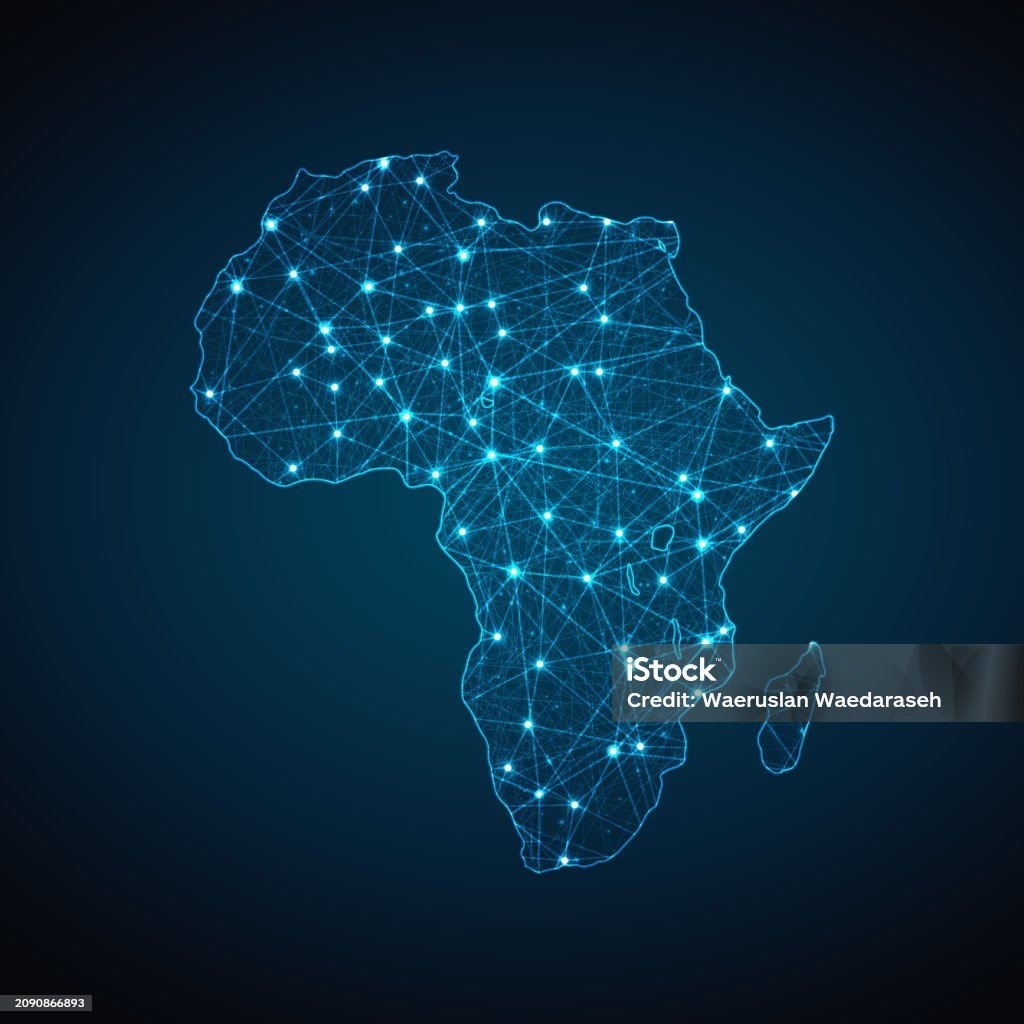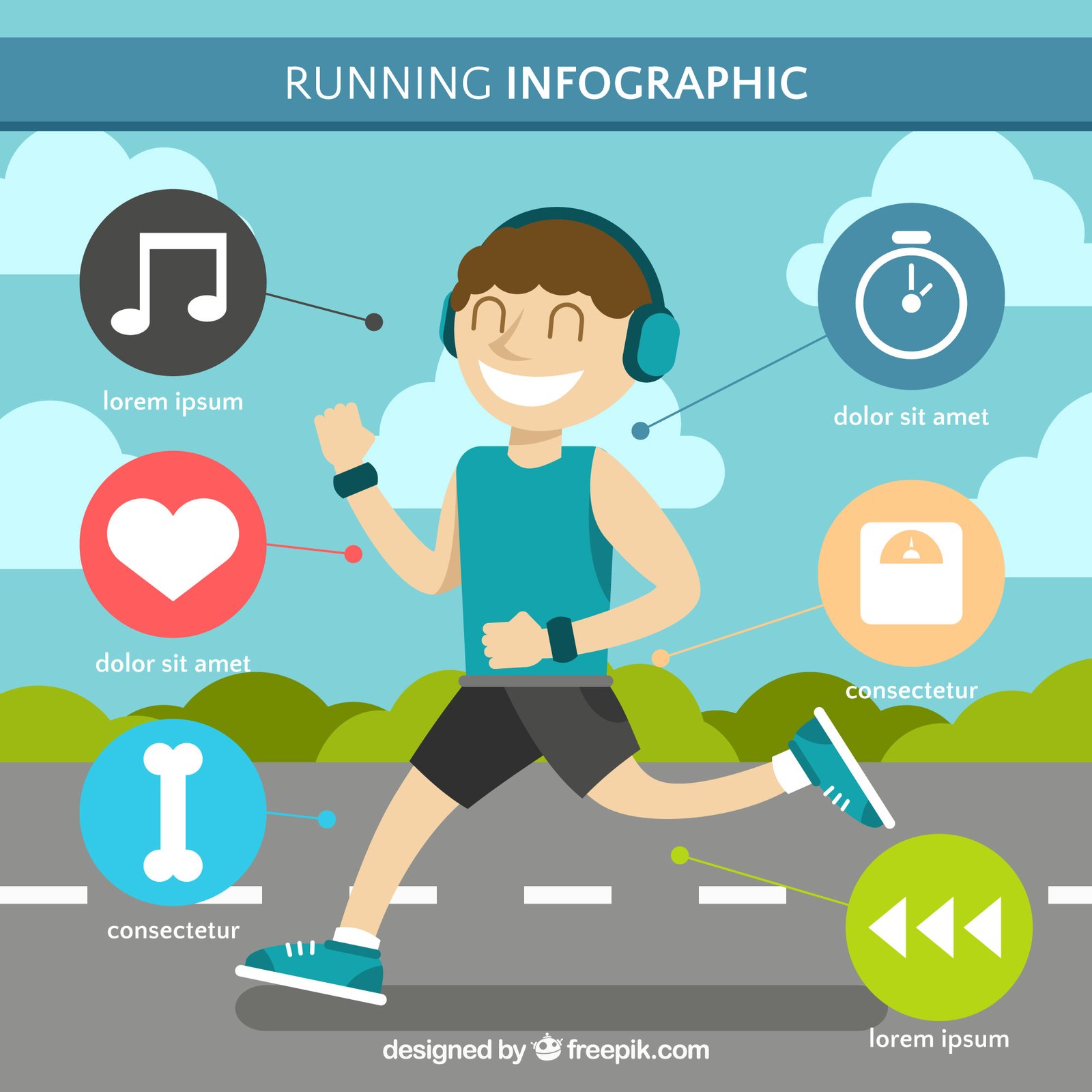All blog posts
Explore the world of design and learn how to create visually stunning artwork.
Understanding Machine Learning Algorithms: A Comprehensive Overview
October 2, 2024 | by usmandar091@gmail.com
Digital Transformation: Unlocking the Future of Business and Society
October 2, 2024 | by usmandar091@gmail.com
Decision Trees: A Comprehensive Overview
October 1, 2024 | by usmandar091@gmail.com
Neural Networks: Foundations of Artificial Intelligence
January 1, 2024 | by usmandar091@gmail.com
Deep Learning: The Engine of Modern AI
January 1, 2024 | by usmandar091@gmail.com
Machine learning (ML) has emerged as one of the most revolutionary technologies in the world today. From predictive analytics in business to self-driving cars, machine learning algorithms are the backbone of modern artificial intelligence (AI) applications. This article will provide a detailed and comprehensive overview of the various types of machine learning algorithms, their applications, and the underlying principles that make them work.

1. What is Machine Learning?
Machine learning is a subset of artificial intelligence (AI) that focuses on the development of algorithms that can learn and improve from experience without being explicitly programmed. At its core, machine learning uses data and algorithms to imitate the way humans learn, enabling systems to identify patterns, make predictions, and make decisions based on the input data they receive.
Machine learning is categorized into three main types based on how the algorithms learn from data:
- Supervised learning
- Unsupervised learning
- Reinforcement learning
Each category uses different types of algorithms, which we will explore in detail.
2. Supervised Learning Algorithms
Supervised learning is the most commonly used type of machine learning, where algorithms learn from labeled training data. In supervised learning, the system is trained using input-output pairs (data with known results), and the algorithm tries to learn a mapping from the input to the output. The goal is to make accurate predictions on new, unseen data.
a. Linear Regression
Linear regression is one of the simplest and most widely used algorithms in machine learning. It is used to predict a continuous output variable based on one or more input features. The model assumes a linear relationship between the independent variables and the dependent variable.
- Example: Predicting house prices based on the number of bedrooms, square footage, and location.
b. Logistic Regression
Logistic regression is used for binary classification problems, where the output is a categorical variable with two possible classes. Despite its name, logistic regression is used for classification, not regression. It uses a logistic function (sigmoid) to model the probability of a binary outcome.
- Example: Predicting whether an email is spam or not spam.
c. Decision Trees
Decision trees are a type of supervised learning algorithm used for both classification and regression. They work by splitting the data into subsets based on the feature values, creating a tree-like structure of decisions. Each internal node represents a feature, and each branch represents a decision based on that feature.
- Example: Classifying customers into different categories based on their buying behavior.
d. Random Forests
Random forests are an ensemble learning method that combines multiple decision trees to improve the accuracy and generalizability of the model. Random forests create many decision trees and aggregate their predictions to obtain a more robust output.
- Example: Predicting customer churn by analyzing patterns from multiple decision trees.
e. Support Vector Machines (SVM)
Support Vector Machines are powerful supervised learning algorithms used for classification tasks. SVM finds the optimal hyperplane that separates data into different classes. It can also be used for regression tasks. The primary goal of SVM is to maximize the margin between classes.
- Example: Classifying images of animals (e.g., cats vs. dogs) based on pixel values.
f. K-Nearest Neighbors (KNN)
KNN is a simple, instance-based learning algorithm used for classification and regression. It works by finding the “K” closest data points (neighbors) to the point being predicted and returning the majority class (in classification) or average value (in regression) of those neighbors.
- Example: Classifying a new email as spam or not spam based on the labels of the nearest emails.
3. Unsupervised Learning Algorithms
Unsupervised learning is used when the data is unlabeled, meaning the output is unknown. The objective of unsupervised learning is to identify patterns, relationships, and structures within the data without predefined labels. Unsupervised learning algorithms are primarily used for clustering and dimensionality reduction.
a. K-Means Clustering
K-Means is one of the most popular clustering algorithms in unsupervised learning. It partitions data into K clusters by minimizing the variance within each cluster. Each data point is assigned to the cluster whose centroid is closest, and centroids are recalculated iteratively until convergence.
- Example: Grouping customers into different segments based on purchasing behavior.
b. Hierarchical Clustering
Hierarchical clustering builds a hierarchy of clusters by either agglomerating (bottom-up approach) or dividing (top-down approach) the data. It creates a tree-like structure called a dendrogram that illustrates the relationships between different clusters.
- Example: Organizing documents or web pages into topics or categories.
c. Principal Component Analysis (PCA)
Principal Component Analysis is a dimensionality reduction technique that transforms a dataset into a set of orthogonal axes (principal components) that maximize variance. PCA is often used for feature extraction, noise reduction, and visualization of high-dimensional data.
- Example: Reducing the number of features in a large dataset to make it easier to analyze and visualize.
d. Independent Component Analysis (ICA)
ICA is a method for separating a multivariate signal into additive, independent components. It is often used in signal processing and image analysis, where the goal is to separate mixed signals into their original components.
- Example: Separating mixed audio signals, like isolating different speakers in a recording.
e. Autoencoders
Autoencoders are a type of neural network used for unsupervised learning, especially for dimensionality reduction and feature learning. Autoencoders learn to compress data into a smaller representation and then reconstruct the data from that representation.
- Example: Reducing the dimensionality of images for efficient storage and retrieval.
4. Reinforcement Learning Algorithms
Reinforcement learning (RL) is a type of machine learning where an agent learns how to behave in an environment by performing actions and receiving rewards or penalties based on the outcome of those actions. The agent aims to maximize cumulative rewards over time by learning from its actions.
a. Q-Learning
Q-Learning is one of the most popular model-free reinforcement learning algorithms. The agent learns the value of each action in a given state by interacting with the environment and receiving rewards. The Q-value represents the expected cumulative future reward for a given action taken in a specific state.
- Example: Training an AI agent to play video games like chess or Go, where it learns by trial and error.
b. Deep Q-Networks (DQN)
Deep Q-Networks combine deep learning with Q-learning to create more powerful agents capable of learning complex tasks. DQN uses neural networks to approximate the Q-value function, allowing it to handle high-dimensional input spaces like images.
- Example: Training a self-driving car to navigate through traffic using a combination of Q-learning and deep learning.
c. Policy Gradient Methods
Policy gradient methods directly optimize the policy (the agent’s behavior) by updating the parameters of a model in the direction of better rewards. These methods are often used for more complex environments where Q-learning may not be effective.
- Example: Training a robot to perform tasks like picking up objects using reinforcement learning with policy gradients.
d. Proximal Policy Optimization (PPO)
Proximal Policy Optimization is a reinforcement learning algorithm that balances the stability and flexibility of policy updates. PPO has become one of the most popular algorithms for training RL agents due to its simplicity and effectiveness in large-scale applications.
- Example: Training an AI to control robots or drones in real-world environments.
5. Conclusion
Machine learning algorithms are the cornerstone of modern AI, providing the tools to enable systems to learn from data and make decisions. The various algorithms in supervised learning, unsupervised learning, and reinforcement learning are employed across a wide range of industries and applications, from healthcare and finance to autonomous vehicles and natural language processing.
As the field of machine learning continues to evolve, we can expect even more sophisticated and powerful algorithms to emerge, opening up new possibilities for automation, optimization, and intelligent decision-making. Understanding how these algorithms work and when to apply them is essential for businesses and individuals looking to leverage the power of machine learning in solving real-world problems.




